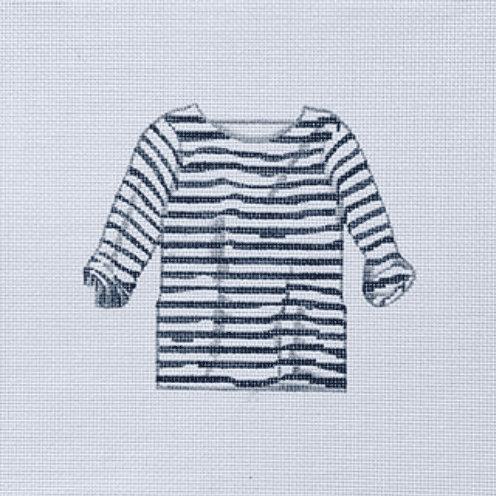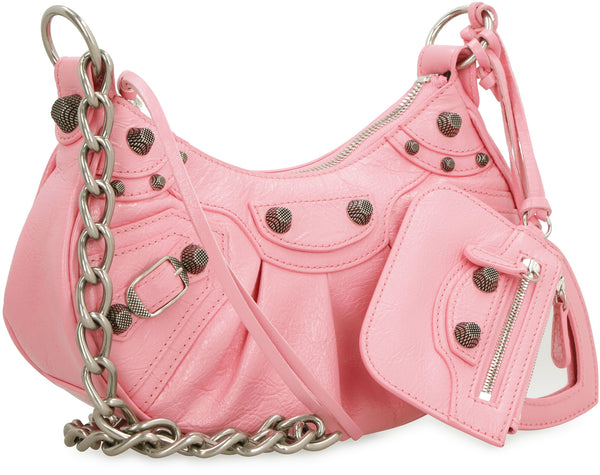Once considered a rare medical concern or issue, gallstones have become increasingly common in recent years. The condition, which involves the formation of dense particles within the gallbladder, can be painful and disruptive to your daily life. But while gallstones were once thought to affect men predominantly, it’s crucial to recognise that women can suffer from gallstones just as men do. But what are the real details of this condition, what is its prevalence among women, and what are the risk factors, symptoms, and preventive measures you can take? Here’s everything you need to know about gallstones so you can understand this increasingly common condition.
Table of Contents
Breaking The Myth
Traditionally, gallstones were considered more common among men. However, recent studies have revealed that women are actually more susceptible to developing gallstones than men! Gallstone surgery in London experts suggest that the hormonal fluctuations women experience throughout their lives – such as during pregnancy, hormonal therapy, and menopause – can all contribute to higher incidences of gallstone formation. Estrogen, a hormone abundant in women, is believed to play a role in forming gallstones, dispelling the myth that gallstones are predominantly a male concern.
Understanding Gallstones and Risk Factors
The same gallstones London surgeons agree that gallstones are solid particles that form in the gallbladder – a tiny organ underneath the liver. These particles can be quite small (smaller than a sand particle) or large, and they are primarily composed of bilirubin (or cholesterol, in other words), a pigment formed when the red blood cells break down. While the exact cause of gallstone formation remains unclear, certain risk factors have been identified.
- Obesity: Excess body weight is a significant risk factor for gallstones. Obesity can lead to increased cholesterol levels in bile, contributing to stone formation.
- Rapid weight loss: Drastic weight loss (whether through diet, surgery, or illness) can disrupt the balance of substances in the bile and lead to gallstone formation.
- Diet: A diet high in refined carbohydrates, saturated fats, and low in fibre can increase the risk of gallstones.
- Pregnancy: The hormonal changes during pregnancy can slow down the emptying of the gallbladder, increasing the concentration of bile and the likelihood of stone formation.
- Age and gender: As mentioned above, women are more prone to gallstones, especially during their reproductive years.
Recognising Symptoms and Seeking Treatment
Gallstones can be asymptomatic for years, but when they cause symptoms, they can be extremely uncomfortable. The classic symptom is ‘biliary colic,’ a sudden and intense pain in the upper abdomen, often radiating to the back or right shoulder. Other symptoms include nausea, vomiting, bloating, and intolerance to fatty foods. If you experience these symptoms, it’s important to consult a healthcare professional for accurate diagnosis and treatment.
Prevention and Management
Fortunately, there are steps you can take to reduce your risk of developing gallstones. First, maintain a healthy weight: if you’re overweight, aim to achieve a healthy weight through a balanced diet and regular physical activity. Consume a diet rich in fruits and veggies, whole grains, and lean proteins. Limit your intake of saturated fats and refined sugars, and drinking plenty of water helps maintain the proper concentration of bile. Engage in regular exercise to improve digestion and overall health. Also, excessive alcohol consumption can increase the risk of gallstones, so limit your alcohol intake.








:max_bytes(150000):strip_icc()/RareBeauty-Perfect-Strokes-Mascara-JESSICAJULIAO-0586.jpg-2aaec77adfe9485ea576f551d0a429f9.jpg)




